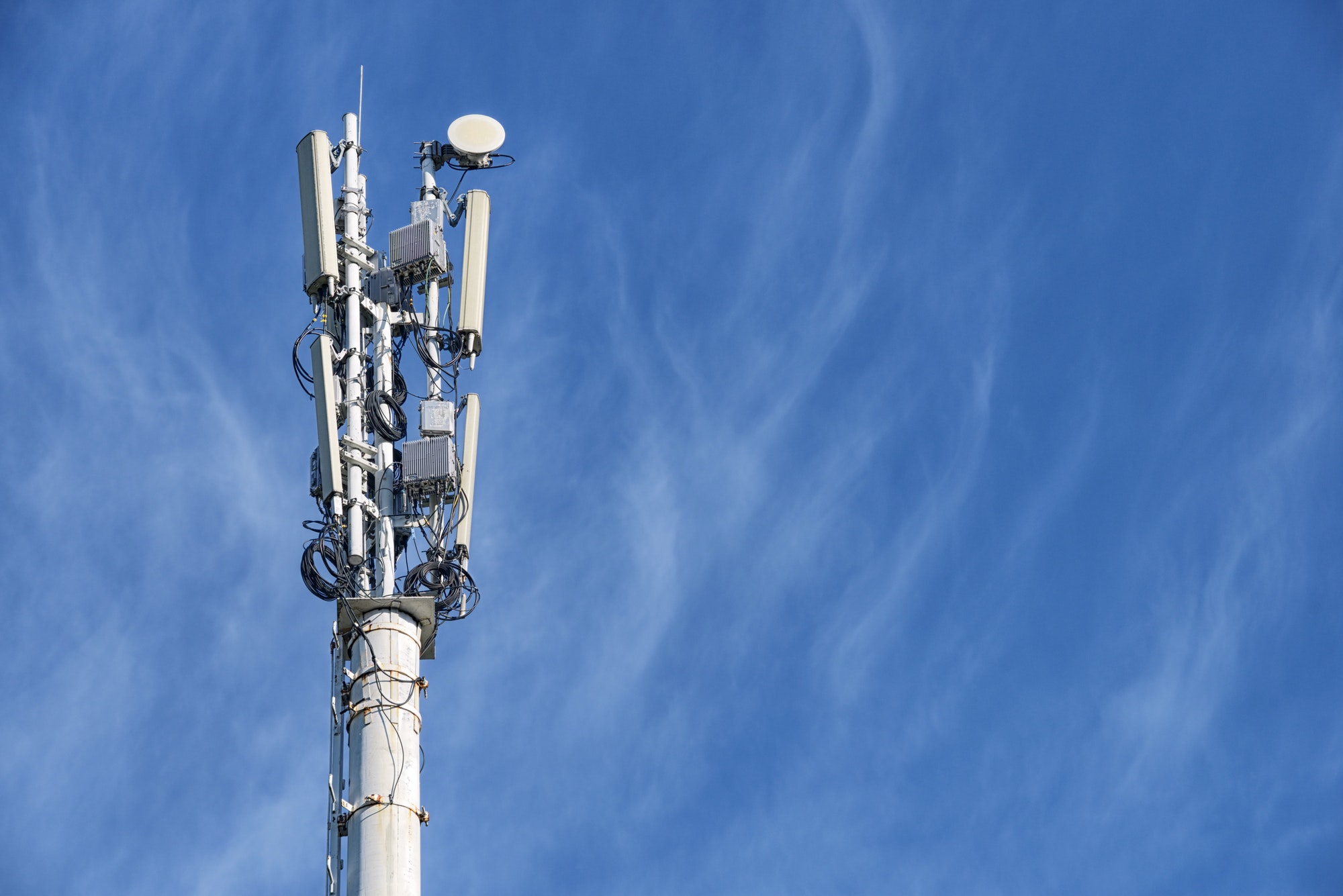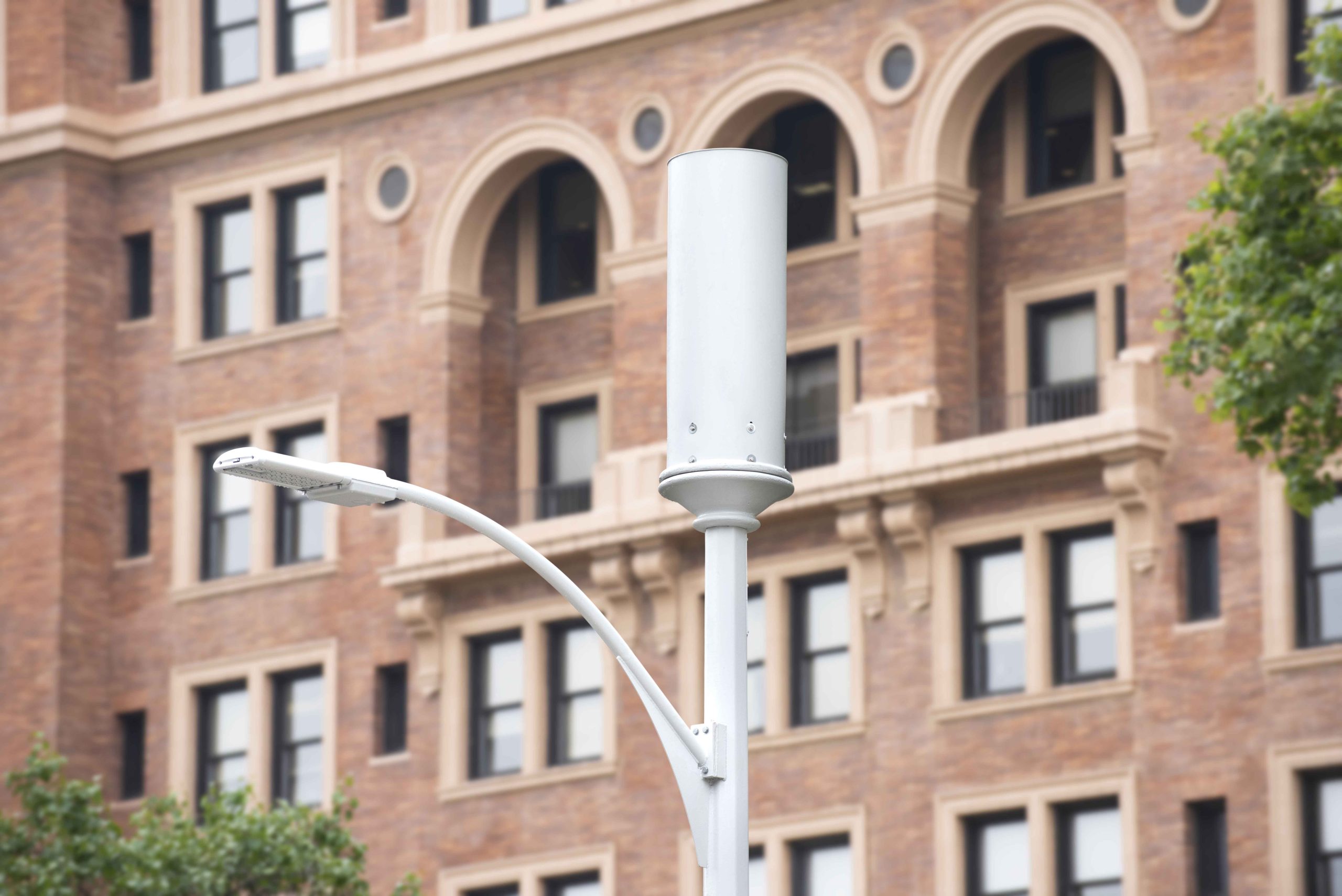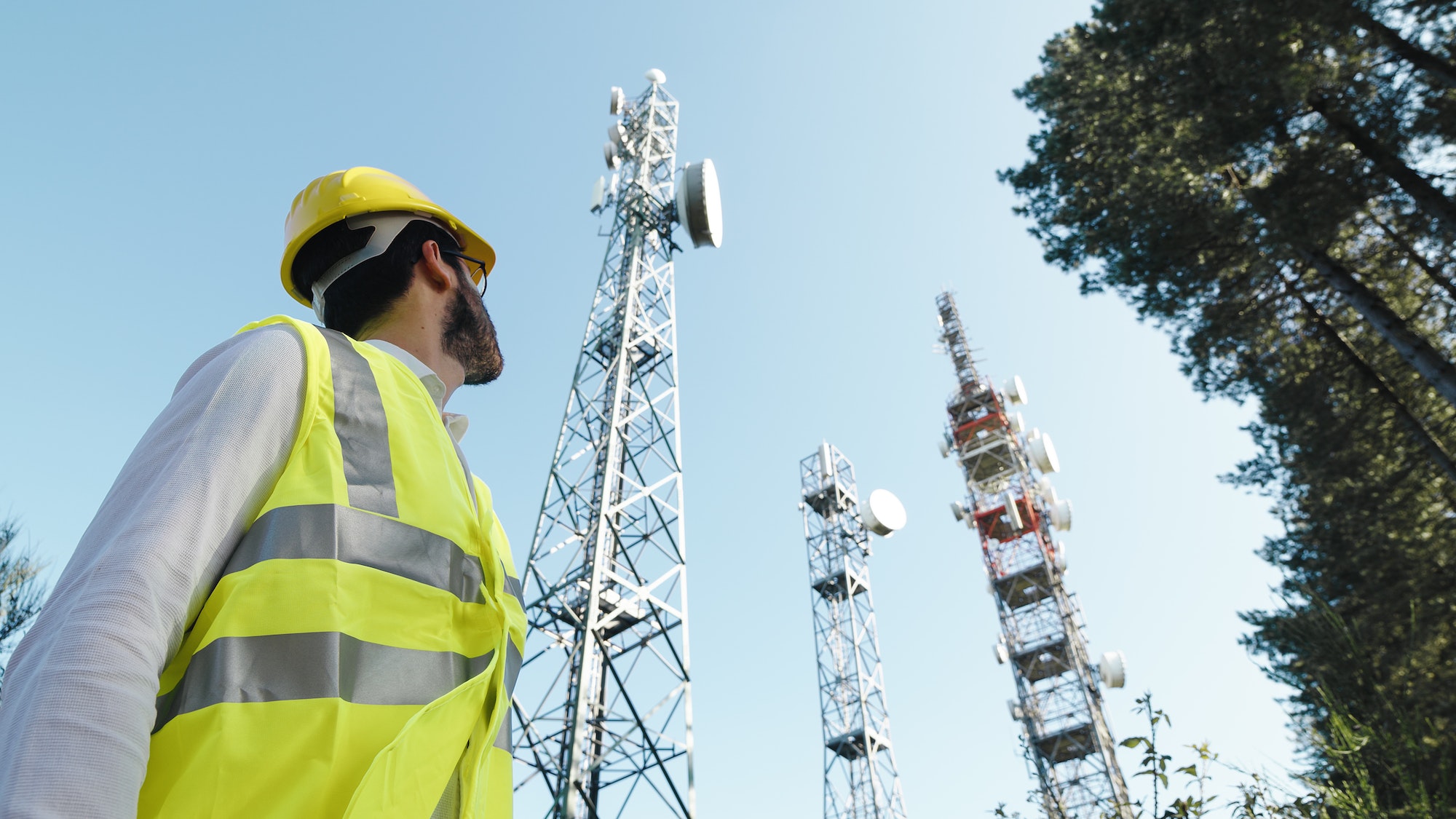So we’ve all been hearing about the push for 5g small cell technology, but why should you really care? Is it a different frequency that’s going to blow our minds? Is it going to track every move we make? Well…maybe.
Here’s a brief look into what 5g small cells are and how fast you will begin to see them in your neighborhood.

Contents
Background of 5g Small Cell
Before 5g small cells where invented and back when telephones first became wireless, carriers would build large tower antennas across the country to enable service. Each carrier had to go through their own permitting and approval process, while negotiating with land owners over renting space. This daunting task is what built the backbone infrastructure of wireless technology but ended up costing a fortune for each carrier.
Overtime, carriers began thinking smarter and working together in “Colocation” agreements; where they shared space on a tower. This enabled the wireless carriers to provide better coverage faster to everyone while they competed for market share through promotion instead of service quality.
Cell Phone Coverage and Quality
In recent years mainly due to co-location agreements, all carriers have roughly the same national coverage and new phone companies have come out with similar coverage but actually no tower ownership. The spectrum or wireless network infrastructure on a macro level has been been established in the us, so now the belief is that it’s time to tweak and refine on a micro level using 5g small cell technology.
If you have great service now but hit a dead spot in your service once in awhile, it’s likely because the signal is blocked by a mountain, building, etc. For a wireless carrier, installing another large tower may not prove financial beneficial to the carriers for the small signal loss. So, in comes 5g and small cell technology.
Installing 5g Small Cells
Instead of installing a large tower, these devices are much like a wifi extender which helps boost signal where the towers can’t reach. A small cell is also low-cost to operate and install, providing an access point with low frequency (RF) power output, footprint and range. It can be installed indoors or outdoors, and in licensed, shared or unlicensed spectrum.
While we currently only have a few hundred thousand large wireless towers in the US, the federal government has taken steps to deploy what will likely be millions of small cells; overstepping local government and removing certain public planning requirements. 5g small cells could be installed on a lamp post, stop light or even in your home through something like a modem.
Wireless Internet and 5g Small Cells
Starlink and other wireless internet services will begin relying on cell phone towers and 5g small cells to provide internet service. You will be accessing internet through plugging a 5g small cell device into your wall without any other cords. This will communicate with another small cell device on your street corner, which will route the signal to a wireless tower and either up to space or a local building to transmit the signal to a hub station.
So, if you’ve feared the 5g and small cells coming to your neighborhood, unfortunately for you in the US there’s likely no stopping it as it will become the new backbone of wireless technology.
So we’ve all been hearing about the push for 5g small cell technology, but why should you really care? Is it a different frequency that’s going to blow our minds? Is it going to track every move we make? Well…maybe.
Here’s a brief look into what 5g small cells are and how fast you will begin to see them in your neighborhood.
Background of 5g Small Cell
Before 5g small cells where invented and back when telephones first became wireless, carriers would build large tower antennas across the country to enable service. Each carrier had to go through their own permitting and approval process, while negotiating with land owners over renting space. This daunting task is what built the backbone infrastructure of wireless technology but ended up costing a fortune for each carrier.
Overtime, carriers began thinking smarter and working together in “Colocation” agreements; where they shared space on a tower. This enabled the wireless carriers to provide better coverage faster to everyone while they competed for market share through promotion instead of service quality.
Cell Phone Coverage and Quality
In recent years mainly due to co-location agreements, all carriers have roughly the same national coverage and new phone companies have come out with similar coverage but actually no tower ownership. The spectrum or wireless network infrastructure on a macro level has been been established in the us, so now the belief is that it’s time to tweak and refine on a micro level using 5g small cell technology.
If you have great service now but hit a dead spot in your service once in awhile, it’s likely because the signal is blocked by a mountain, building, etc. For a wireless carrier, installing another large tower may not prove financial beneficial to the carriers for the small signal loss. So, in comes 5g and small cell technology.
Installing 5g Small Cells
Instead of installing a large tower, these devices are much like a wifi extender which helps boost signal where the towers can’t reach. A small cell is also low-cost to operate and install, providing an access point with low frequency (RF) power output, footprint and range. It can be installed indoors or outdoors, and in licensed, shared or unlicensed spectrum.
While we currently only have a few hundred thousand large wireless towers in the US, the federal government has taken steps to deploy what will likely be millions of small cells; overstepping local government and removing certain public planning requirements. 5g small cells could be installed on a lamp post, stop light or even in your home through something like a modem.
Wireless Internet and 5g Small Cells
Starlink and other wireless internet services will begin relying on cell phone towers and 5g small cells to provide internet service. You will be accessing internet through plugging a 5g small cell device into your wall without any other cords. This will communicate with another small cell device on your street corner, which will route the signal to a wireless tower and either up to space or a local building to transmit the signal to a hub station.
So, if you’ve feared the 5g and small cells coming to your neighborhood, unfortunately for you in the US there’s likely no stopping it as it will become the new backbone of wireless technology.




